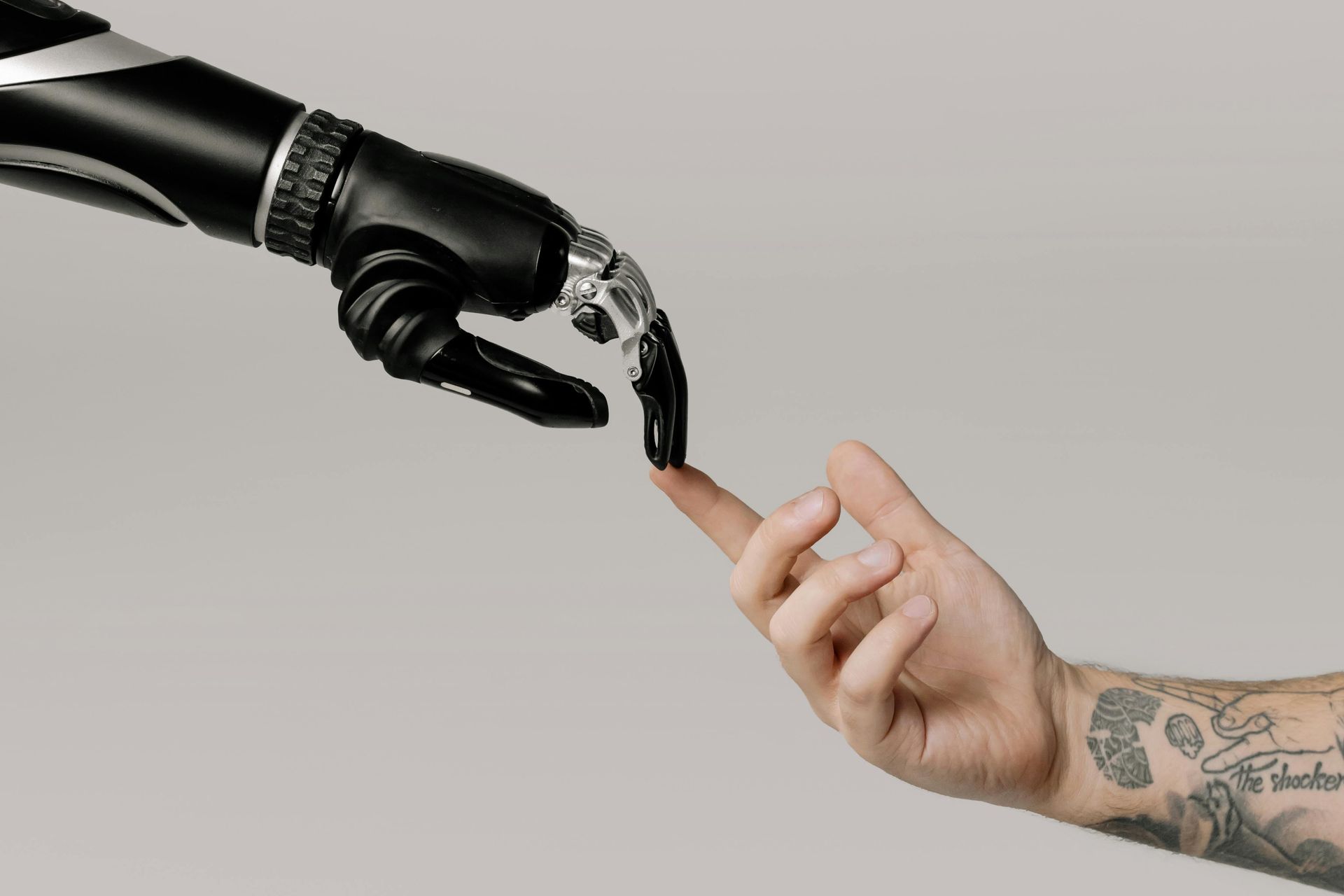Neuromarketing in the Age of AI: How to Influence Decisions Without Manipulating Minds
Neuromarketing once sounded like science fiction — brain scans for better ad targeting? But in 2025, it’s very real, and it’s evolving rapidly thanks to artificial intelligence. We now have tools that don’t just guess what customers want; they know, by reading micro-expressions, tracking emotional reactions, and even predicting intent before the consumer makes a conscious decision.
Yet with power comes responsibility. The question is no longer can we influence consumers — it’s how far is too far?
As Performantia’s founder and digital strategy director, I’ve worked with brands across industries integrating neuromarketing into their digital ecosystems — responsibly. This article will unpack the science, the tools, the strategies, and the ethical lines we must never cross.

What Is Neuromarketing (and Why Is AI Supercharging It)?
Neuromarketing is the application of neuroscience and psychology to marketing — studying brain responses and behavior to optimize messaging, product design, UX, pricing, and more.
Traditional neuromarketing relied on fMRI scans or EEG headsets. But now, AI is making neuromarketing scalable and non-intrusive. You don’t need labs — you need data and smart algorithms. Here’s how AI is supercharging the field:
• Facial coding tools powered by computer vision analyze micro-expressions in real time.
• Voice analysis detects emotional tone through speech patterns.
• Eye-tracking AI uses webcams to study focus, fatigue, and reaction to stimuli.
• Predictive modeling based on biometric and behavioral data to tailor UX and content.
• Affective computing allows systems to adapt dynamically to a user’s emotional state.
AI brings neuromarketing out of the lab and into the browser — or mobile app — in milliseconds.
The Science Behind Neuromarketing
Let’s break down the core psychological and neurological principles marketers aim to tap into:
• System 1 Thinking (Fast Brain) – The unconscious, emotional, and automatic side of decision-making. It’s responsible for ~95% of consumer decisions.
• Cognitive Biases – Such as loss aversion, anchoring, and the scarcity effect.
• Mirror Neurons – Empathy-driven responses; seeing someone enjoy a product can spark a mirrored desire.
• Emotional Memory – Ads that trigger strong emotional responses are more memorable and effective.
AI models trained on massive behavioral datasets can now simulate and predict these responses — with far greater precision than traditional A/B testing or survey-based UX.
From Theory to Application: Neuromarketing Use Cases with AI
1. Emotionally Adaptive Advertising
Client: Luxury cosmetics brand (France + Italy)
Challenge: Low engagement with digital video ads despite high production value.
Solution by Performantia: We integrated an AI-powered facial coding tool into the campaign testing phase. We found that models with more expressive micro-reactions triggered higher emotional resonance and click-through rates. Real-time editing and personalized ad sequencing increased conversions by 38%.
⸻
2. AI-Powered UX Optimization
Client: E-learning platform (Spain)
Challenge: High drop-off rates during onboarding.
Solution: Using webcam-based eye tracking and scroll-heatmaps, we discovered “emotional friction points” where users showed signs of confusion or frustration. We redesigned layouts and CTA positioning based on AI-inferred emotional journeys. Result: A +46% onboarding completion rate.
⸻
3. Neuro-A/B Testing for eCommerce
Client: High-end sneaker retailer (US/UK)
Challenge: A/B testing showed similar performance for two checkout designs.
Solution: Our team ran neuro-A/B testing with AI-driven gaze tracking and skin conductance sensors on test users. Design B triggered more “dopamine-rich” micro-expressions associated with reward anticipation. That design was rolled out, boosting repeat purchases by 21%.
Tools and Platforms Leading the Way
Here are the platforms that are pushing neuromarketing boundaries:
• Affectiva: Emotion AI from voice and facial analysis.
• iMotions: Biometric data collection platform for EEG, eye tracking, and GSR.
• Realeyes: Emotion measurement at scale through facial coding.
• Emotiv: Provides EEG headsets and software for monitoring emotional and cognitive responses, used for testing UX and ad experiences.
• Neurons Inc. Predict: Combines brain data with predictive AI modeling for creative testing.
These tools don’t require invasive setups. Many can be integrated into real-world digital environments with the user’s consent.
Ethics: Influence vs. Manipulation
Here’s where things get tricky. Just because we can predict and adapt to a user’s emotional state doesn’t mean we should — especially without transparency and informed consent.
Key ethical concerns:
• Consent: Is the user aware their emotions are being tracked? Have they opted in clearly?
• Manipulation: Are we nudging toward beneficial decisions — or exploiting cognitive vulnerabilities?
• Privacy: Are we collecting biometric data responsibly? Is it anonymized?
• Equity: Are these tools being used fairly across demographics, or reinforcing bias?
At Performantia, we advocate for a neuroethical marketing code:
1. Influence with empathy, not exploitation.
2. Seek consent and clarity in all biometric tracking.
3. Use neuromarketing to enhance, not override, customer autonomy.
4. Design for long-term trust, not short-term manipulation.
The Future of Neuromarketing
The next frontier is hyper-personalized, emotionally adaptive experiences — websites and campaigns that shift tone, layout, and content based on a user’s real-time emotional state.
Imagine:
• A fashion site showing upbeat content when the user is happy and calming tones when stressed.
• A hotel booking platform that changes layout depending on whether the visitor is anxious (simplified flow) or excited (inspirational visuals).
We’re also entering an era of neuro-feedback loops, where AI not only reads emotional data but uses it to train new models that predict future sentiment across user journeys.
What Brands Need to Do Now
To succeed in this new age of intelligent emotional marketing:
1. Start small: Begin with emotion detection in UX testing or creative feedback loops.
2. Choose ethical partners: Vet tools and agencies that use consent-first data practices.
3. Measure long-term impact: Focus not only on conversion rates but on emotional brand equity.
4. Educate internally: Ensure your teams understand the science and limits of neuromarketing.
5. Include neurodiverse users: Don’t design only for the average — ensure inclusivity in emotional UX.
Conclusion
Neuromarketing powered by AI isn’t about hacking brains. It’s about understanding people — their fears, hopes, and motivations — and crafting experiences that resonate deeply and respectfully.
At Performantia, we believe the most powerful marketing doesn’t manipulate — it connects. And with the right technology, strategy, and ethics, that connection can be deeper than ever.







